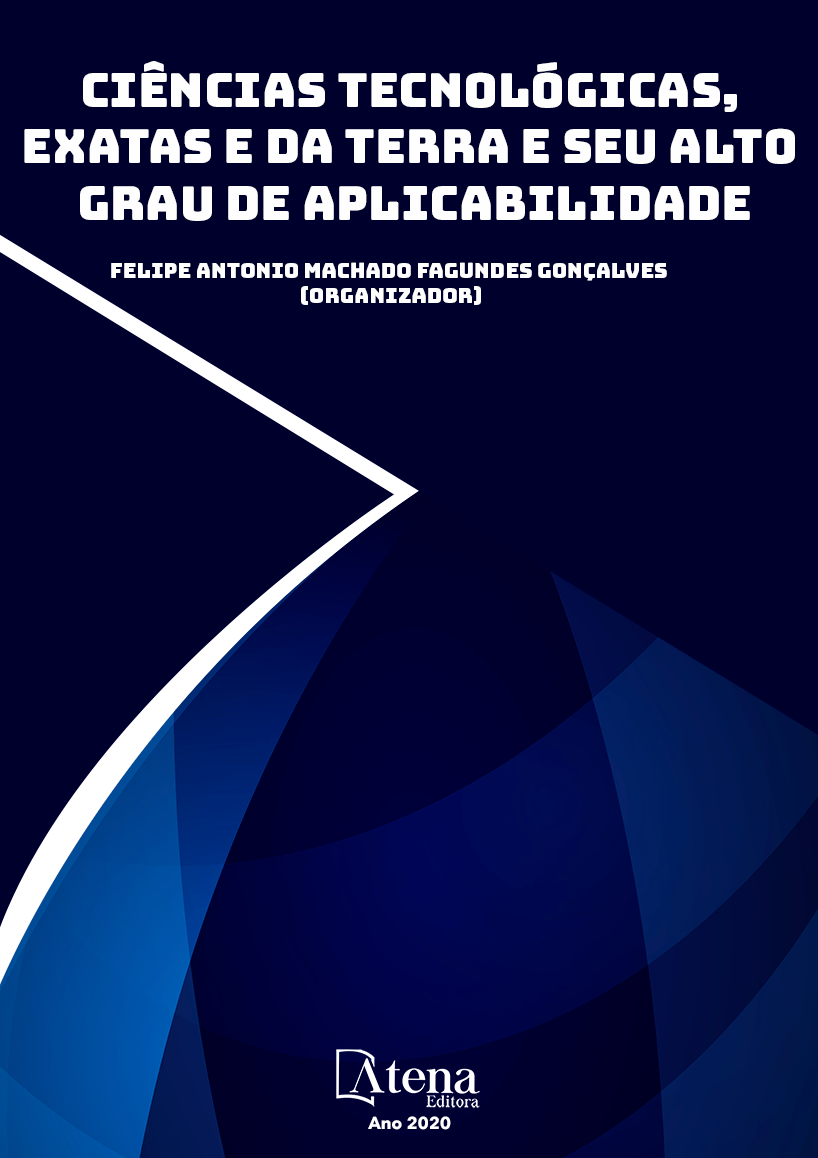
EMULSÕES DE QUITOSANA/GELATINA COM ÓLEOS DE ANDIROBA E DE PRACAXI: AVALIAÇÃO DA ATIVIDADE ANTIMICROBIANA SOBRE Staphylococcus aureus
Controlar infecções é uma preocupação no tratamento de ferimentos. Materiais para cicatrização cutânea com óleos vegetais se justificam por estes conterem ácidos graxos livres atuantes na quimiotaxia, angiogênese e controle microbiano. Foi avaliado o efeito da adição dos óleos de andiroba (OA) e pracaxi (OP) ao gel quitosana/gelatina (QG) sobre sua atividade antimicrobiana frente à Staphylococcus aureus e sua capacidade de formar emulsões estáveis e filmes. A estabilidade das emulsões foi comprovada pela preservação da viscosidade após estocagem. As fotomicrografias dos filmes revelaram morfologia lisa com presença de protuberâncias, além de excesso de óleo sobre a superfície. Os óleos não apresentaram atividade antimicrobiana, enquanto o valor de CIM para QG foi de 31,2 μg mL-1. A emulsão QGOP apresentou a mesma atividade antimicrobiana revelada por QG, enquanto a emulsão QGOA apresentou um valor menor de CIM (15,6 μg mL-1), o que indica efeito sinérgico com a inclusão do OA.
EMULSÕES DE QUITOSANA/GELATINA COM ÓLEOS DE ANDIROBA E DE PRACAXI: AVALIAÇÃO DA ATIVIDADE ANTIMICROBIANA SOBRE Staphylococcus aureus
-
DOI: 10.22533/at.ed.63820240315
-
Palavras-chave: quitosana, óleo de pracaxi, óleo de andiroba, Staphylococcus aureus.
-
Keywords: chitosan, andiroba oil, pracaxi oil, Staphylococcus aureus
-
Abstract:
Infection control is a key-feature in the treatment of wounds. The development of materials for cutaneous wounds containing vegetable oils is justified by the presence of free fatty acids in these oils. The effect of adding oils andiroba (OA) and pracaxi (OP) to the chitosan/gelatin gel (QG) was evaluated with respect to its antimicrobial activity against Staphylococcus aureus ATCC 25923 and ability to form stable emulsions and films. The stability of the emulsions was confirmed by the viscosity conservation after stock 7 days. The micrographs showed a smooth surface for films, as well as excess of oil in some points. Antimicrobial activity for the oils was not found and the MIC and MBC values for QG were 31.2 μg mL-1. QGOP emulsion had the same antimicrobial activity revealed by QG, while QGOA presented a lower MIC value (15.6 μg mL-1), indicating a possible synergistic effect with the addition of OA.
-
Número de páginas: 11
- Crisiane Aparecida Marangon
- Pedro Marcondes Freitas Leite
- Virginia da Conceição Amaro Martins
- Marcia Nitschke
- Ana Maria de Guzzi Plepis
- Murilo Á Vigilato Rodrigues


